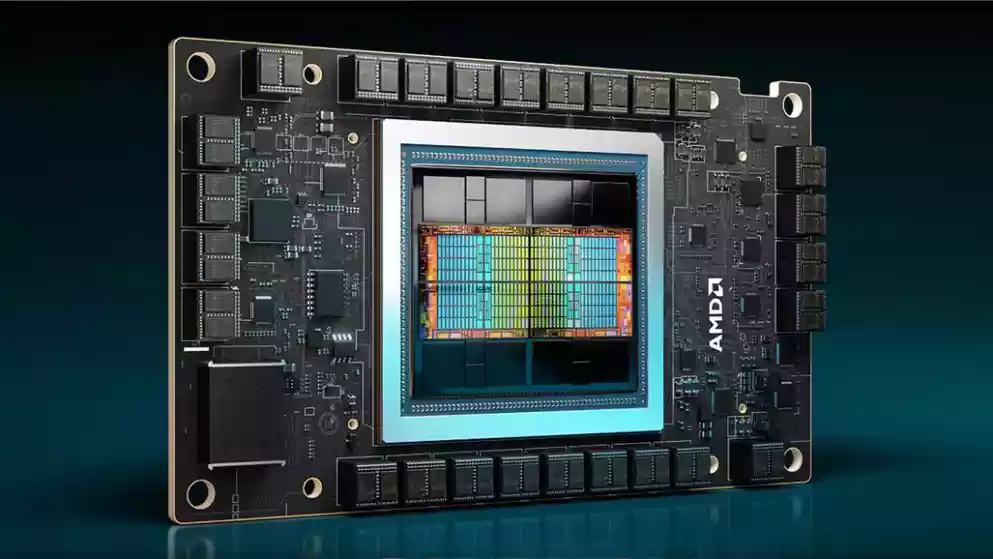AMD has made a major announcement with the unveiling of its unified uDNA GPU architecture, which brings together the power of RDNA and CDNA architectures under one framework. This strategic move is aimed at taking on NVIDIA’s CUDA ecosystem, offering a more versatile and powerful solution for gamers, data scientists, and AI developers alike. AMD’s new approach promises to deliver a unified platform that balances gaming and compute tasks, offering more flexibility and performance across different workloads.
In this article, we’ll explore what AMD’s unified uDNA architecture means for the future of GPUs, how it compares to NVIDIA’s CUDA dominance, and why this innovation could reshape the landscape of graphics processing and high-performance computing.
What is the Unified uDNA Architecture?
The unified uDNA architecture is AMD’s latest innovation that merges the capabilities of its RDNA architecture, which is optimized for gaming, with the compute-focused CDNA architecture. By integrating these two previously separate architectures, AMD is creating a more versatile GPU framework that can handle both gaming and professional computing tasks with ease.
For consumers, this means that AMD’s future GPUs could offer superior performance across a wider range of applications. Whether you’re playing AAA games, rendering complex graphics, or working on machine learning projects, the uDNA architecture aims to deliver the best of both worlds in terms of speed, efficiency, and flexibility.

Challenging NVIDIA’s CUDA Dominance
NVIDIA’s CUDA has long been the industry standard for GPU computing, particularly in the areas of AI, machine learning, and high-performance computing. By launching the unified uDNA architecture, AMD is positioning itself as a direct competitor to NVIDIA’s CUDA ecosystem, offering an alternative that caters to both gamers and professionals.
With uDNA, AMD aims to create a more accessible and integrated platform that can compete with CUDA’s widespread adoption. By combining gaming and compute capabilities into a single architecture, AMD hopes to attract developers, data scientists, and gamers who are looking for a powerful yet flexible solution for their GPU needs. The unified uDNA architecture could make AMD GPUs a more appealing choice for those who want versatility without compromising on performance.
Benefits of Unified uDNA for Gamers and Professionals
One of the key advantages of AMD’s uDNA architecture is its ability to cater to both gamers and professionals. In the past, users had to choose between gaming-optimized GPUs (like those built on RDNA) or compute-focused GPUs (based on CDNA). With uDNA, AMD eliminates the need for this trade-off, offering a solution that performs exceptionally well in both scenarios.
For gamers, this means smoother frame rates, higher resolutions, and more immersive experiences. For professionals working on data-intensive tasks like AI training or scientific simulations, the unified architecture offers the compute power necessary to handle these workloads efficiently. This dual-purpose approach is a game-changer for users who require powerful GPUs for both entertainment and work-related tasks.
AMD’s Strategy for the Future of GPUs
The introduction of the unified uDNA architecture marks a significant shift in AMD’s approach to GPU development. By bringing RDNA and CDNA together, AMD is signaling its intention to become a more dominant player in both the consumer and professional markets. This strategy could allow AMD to gain ground on NVIDIA, especially if the uDNA architecture proves to be as versatile and powerful as it promises.
AMD’s move also reflects broader industry trends where the line between gaming GPUs and professional computing GPUs is becoming increasingly blurred. With the rise of AI, machine learning, and complex data processing, more users are demanding GPUs that can excel in both gaming and compute tasks. By delivering a unified architecture, AMD is positioning itself to meet these evolving needs.
Why AMD’s Unified uDNA Architecture is a Game-Changer
AMD’s unified uDNA architecture could reshape the future of GPUs by offering a single platform that balances the demands of gaming and professional computing. By merging the strengths of RDNA and CDNA, AMD is providing users with more flexibility and power, potentially making their GPUs the go-to choice for both gamers and professionals.
In conclusion, AMD’s announcement of the unified uDNA architecture represents a significant step forward in GPU technology. As the competition with NVIDIA’s CUDA heats up, this new architecture could offer a compelling alternative for users looking for high-performance, versatile solutions. With the potential to handle a wide range of applications, the unified uDNA architecture could become a cornerstone of AMD’s future GPU offerings, providing a new level of performance for gaming, AI, and beyond.
